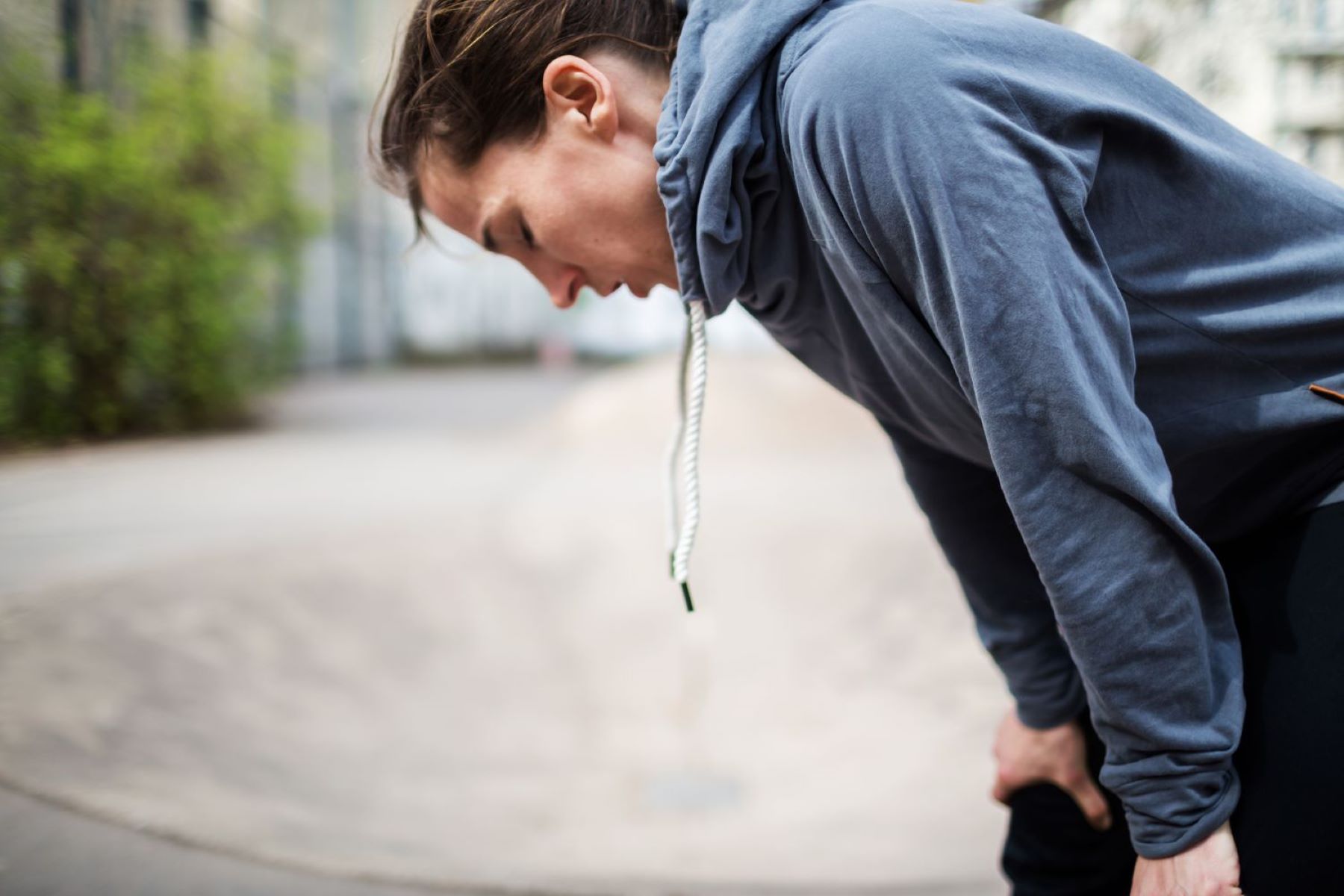
Roller skating has been a beloved pastime for decades, blending fun, fitness, and a bit of nostalgia. Whether you're gliding through a park, showing off at a rink, or just learning to balance, there's something magical about strapping on those wheels. But did you know that roller skating dates back to the 18th century? John Joseph Merlin invented the first recorded pair of skates in 1760! Since then, it has evolved into a sport, a dance form, and even a mode of transportation. From the disco era's roller rinks to today's urban skaters, this activity has rolled through history, leaving fascinating facts in its wake. Ready to learn more? Let's roll into 40 intriguing facts about roller skating!
The History of Roller Skating
Roller skating has a rich history that spans centuries. Let's dive into some fascinating facts about its origins and evolution.
-
The first recorded use of roller skates dates back to 1743. They were used in a London stage performance, though the inventor remains unknown.
-
John Joseph Merlin, a Belgian inventor, is often credited with creating the first practical roller skates in 1760. He showcased them at a masquerade party, but the demonstration ended in a crash.
-
The first patented roller skate was created by James Plimpton in 1863. His design allowed for easier turns and smoother rides, revolutionizing the sport.
-
Roller skating became a popular pastime in the late 19th century. Rinks opened across Europe and North America, drawing large crowds.
-
The first roller derby took place in 1935. Leo Seltzer organized the event in Chicago, combining speed skating with physical contact.
Types of Roller Skates
Different types of roller skates have been developed over the years, each serving unique purposes.
-
Quad skates feature four wheels arranged in a two-by-two configuration. They are ideal for beginners due to their stability.
-
Inline skates, also known as rollerblades, have wheels arranged in a single line. These skates offer greater speed and maneuverability.
-
Artistic skates are designed for figure skating on wheels. They have a high boot for ankle support and a toe stop for performing tricks.
-
Speed skates are built for racing. They have low-cut boots and larger wheels to maximize speed.
-
Jam skates are used for dance skating. They have a low-cut design and no toe stop, allowing for greater freedom of movement.
Roller Skating in Pop Culture
Roller skating has left its mark on pop culture, appearing in movies, music, and fashion.
-
The 1970s saw a roller disco craze. People flocked to rinks to dance on skates under disco balls.
-
Movies like "Roller Boogie" (1979) and "Xanadu" (1980) showcased roller skating, contributing to its popularity.
-
The music video for Cher's "Hell on Wheels" (1979) featured the singer roller skating, further cementing the sport's place in pop culture.
-
Roller skating fashion includes colorful socks, leg warmers, and flashy outfits. This style became iconic in the 1970s and 1980s.
-
The resurgence of roller skating during the COVID-19 pandemic saw a revival of retro fashion and music associated with the sport.
Health Benefits of Roller Skating
Roller skating isn't just fun; it's also great for your health. Here are some benefits you might not know about.
-
Roller skating is an excellent cardiovascular workout. It helps improve heart health and endurance.
-
Skating strengthens leg muscles, including the calves, quads, and hamstrings.
-
It also engages core muscles, helping to improve balance and stability.
-
Roller skating can burn up to 600 calories per hour, making it an effective way to lose weight.
-
The low-impact nature of skating reduces stress on joints, making it a suitable exercise for people with joint issues.
Roller Skating Competitions and Events
Competitive roller skating has a variety of events that test different skills and styles.
-
Artistic roller skating competitions include events like freestyle, pairs, and dance.
-
Speed skating races can take place on tracks or roads, with distances ranging from sprints to marathons.
-
Roller derby is a contact sport played by two teams on an oval track. It combines speed, strategy, and physicality.
-
Jam skating competitions focus on dance moves and tricks performed on skates.
-
Roller hockey, similar to ice hockey, is played with a ball or puck and features teams of skaters competing to score goals.
Roller Skating Around the World
Roller skating is enjoyed globally, with different countries adding their unique twists to the sport.
-
In Brazil, roller skating is a popular beach activity. Skaters glide along the famous Copacabana and Ipanema beaches.
-
Spain hosts the annual "San Fermín Roller Marathon" in Pamplona, attracting skaters from around the world.
-
The Netherlands is known for its extensive network of smooth, flat paths, making it a roller skating paradise.
-
In India, roller skating is gaining popularity, with many schools offering it as an extracurricular activity.
-
Japan has a vibrant roller skating scene, with many indoor rinks and outdoor parks dedicated to the sport.
Fun Facts About Roller Skating
Here are some quirky and fun facts that highlight the lighter side of roller skating.
-
The longest roller skating conga line consisted of 197 skaters. It was achieved in the UK in 2010.
-
The fastest marathon on roller skates was completed in 56 minutes and 25 seconds by Peter Michael of New Zealand in 2013.
-
The largest roller skating parade took place in Paris in 2008, with over 12,000 participants.
-
The world record for the most people simultaneously roller skating is 1,188. It was set in California in 2012.
-
The first roller skating rink in the United States opened in 1866 in Newport, Rhode Island.
Roller Skating Safety Tips
Safety is crucial when roller skating. Here are some tips to keep you safe on wheels.
-
Always wear protective gear, including a helmet, knee pads, elbow pads, and wrist guards.
-
Choose a safe skating environment, such as a rink or a smooth, flat path free of obstacles.
-
Learn how to stop properly. Practice using the toe stop or the heel brake on your skates.
-
Stay aware of your surroundings. Watch out for pedestrians, cyclists, and other skaters.
-
Keep your skates in good condition. Regularly check the wheels, bearings, and brakes to ensure they are functioning properly.
The Joy of Roller Skating
Roller skating offers more than just a fun way to spend time. It's a fantastic workout, improving balance, coordination, and cardiovascular health. Skating can be a social activity, bringing people together at rinks, parks, and events. Plus, it's eco-friendly, providing a green alternative to driving short distances.
From its invention in the 18th century to its resurgence in pop culture, roller skating has evolved but never lost its charm. Whether you're a beginner or a seasoned skater, there's always something new to learn and enjoy. So, lace up those skates and hit the pavement. You'll not only have a blast but also reap numerous physical and mental benefits. Keep rolling, and you'll see why this timeless activity continues to captivate people of all ages.
Was this page helpful?
Our commitment to delivering trustworthy and engaging content is at the heart of what we do. Each fact on our site is contributed by real users like you, bringing a wealth of diverse insights and information. To ensure the highest standards of accuracy and reliability, our dedicated editors meticulously review each submission. This process guarantees that the facts we share are not only fascinating but also credible. Trust in our commitment to quality and authenticity as you explore and learn with us.


